DNA breakthrough reveals earliest Anatolian gene in Türkiye’s Girmeler Hoyuk
 An ancient DNA study on skeletons found during excavations at the Girmeler Hoyuk Settlement in the Seydikemer district of Mugla finds an "early Anatolian gene", April 15, 2025. (AA Photo)
An ancient DNA study on skeletons found during excavations at the Girmeler Hoyuk Settlement in the Seydikemer district of Mugla finds an "early Anatolian gene", April 15, 2025. (AA Photo)
A groundbreaking ancient DNA analysis on skeletons unearthed at the Girmeler Hoyuk settlement in the Seydikemer district of Mugla, southwestern Türkiye, has revealed the presence of what researchers are calling the “early Anatolian gene.” This major discovery is set to reshape the understanding of how farming began in the region.
Excavations at the site are being carried out under the leadership of Professor Taner Korkut and field director Professor Burcin Erdogu, with the support of the Turkish Ministry of Culture and Tourism and Akdeniz University.
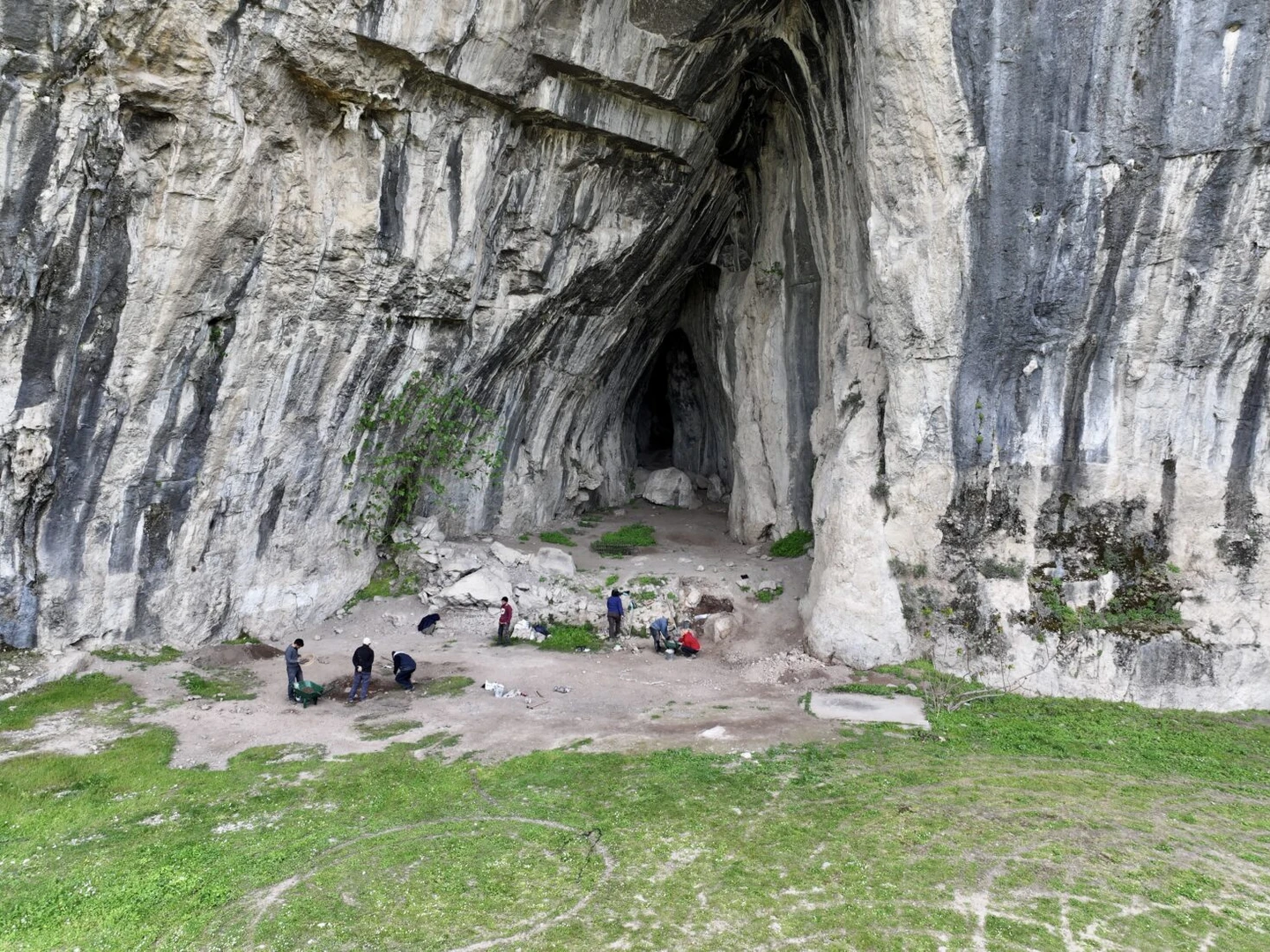
First attempts at farming traced back to 9th millennium B.C.
According to Professor Erdogu, the archaeological digs are focused on the base of a now-destroyed mound, both within and outside the mouths of the Girmeler caves. Findings indicate that the earliest human settlement in Girmeler dates back as far as 14,000 years.
“The people who lived here around the ninth millennium B.C. built circular huts and attempted farming for the first time,” Erdogu stated. “Despite being hunter-gatherers, these communities were clearly experimenting with agriculture. This is a turning point for Western Anatolia, where such early farming activity has never been observed before.”
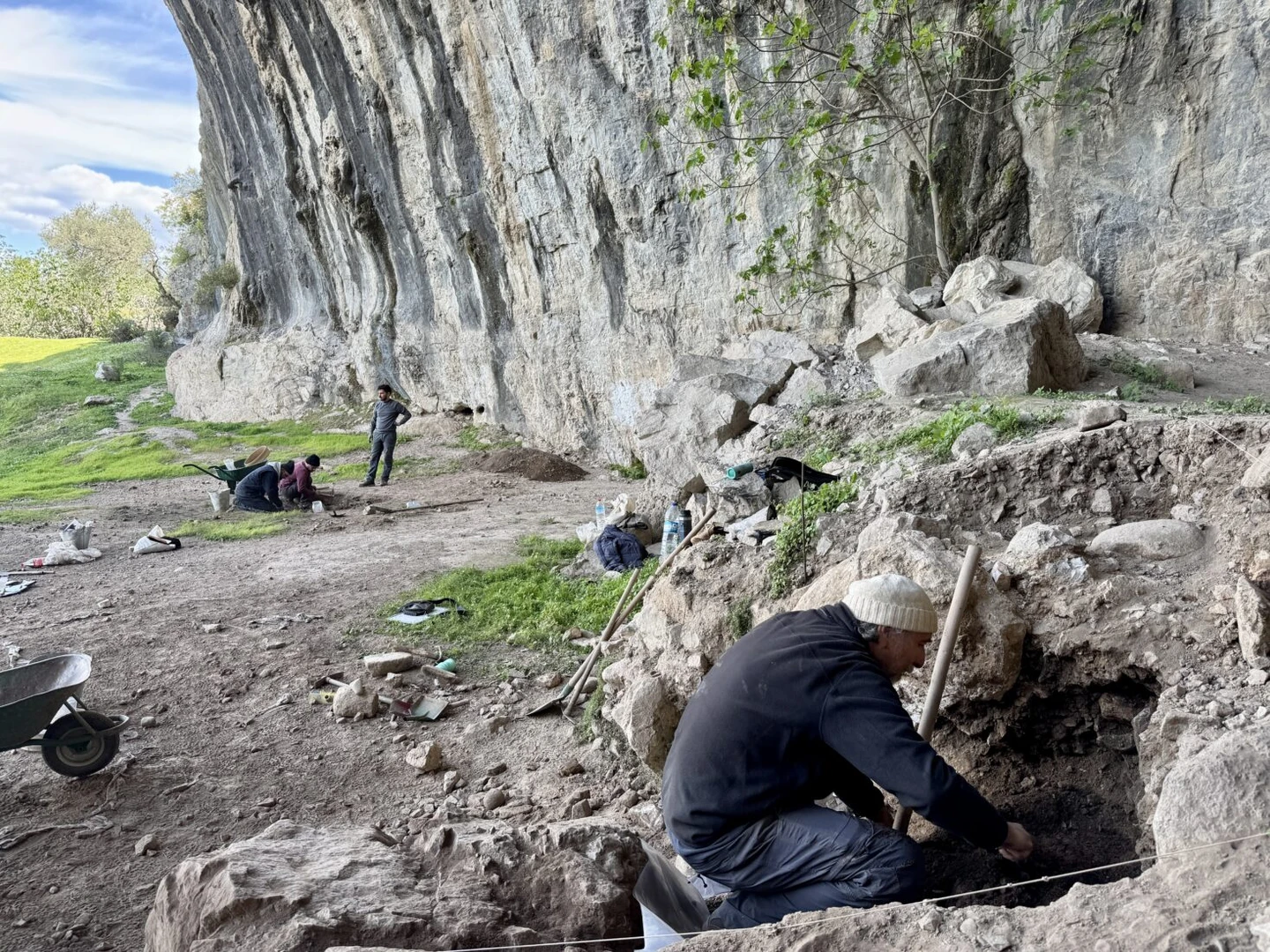
Paradigm shift in story of settlement in West
For decades, archaeologists believed that settlements in Western Anatolia began as a result of migration or colonization from the East around 7,000 B.C. But Girmeler, says Erdogu, turns that theory on its head.
“What we now see is that the people of Girmeler were actually the ancestors of almost all settled farming communities in Western Anatolia,” he added.
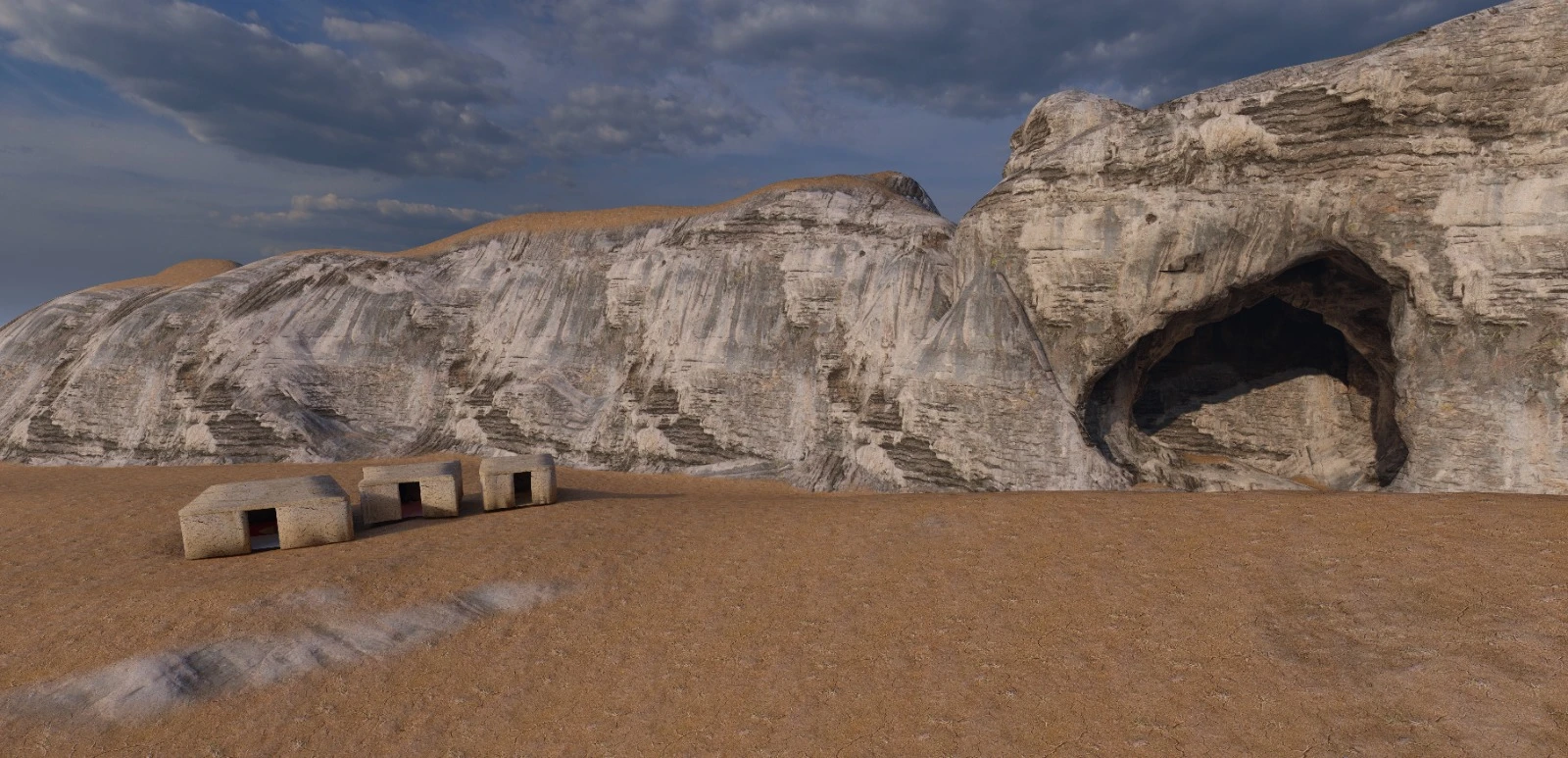
Earliest known Anatolian DNA in West
Excavations at Girmeler have also revealed graves belonging to these ancient communities. DNA analysis of the skeletons has uncovered the earliest known example of the “Anatolian gene” in Western Anatolia.
“The DNA matches those found in the 17,000-year-old Pinarbasi skeletons from Central Anatolia, which are known as the bearers of the original ‘Anatolian gene, ‘” said Erdogu. “This firmly places Girmeler at the root of Western Anatolia’s earliest farming societies.”
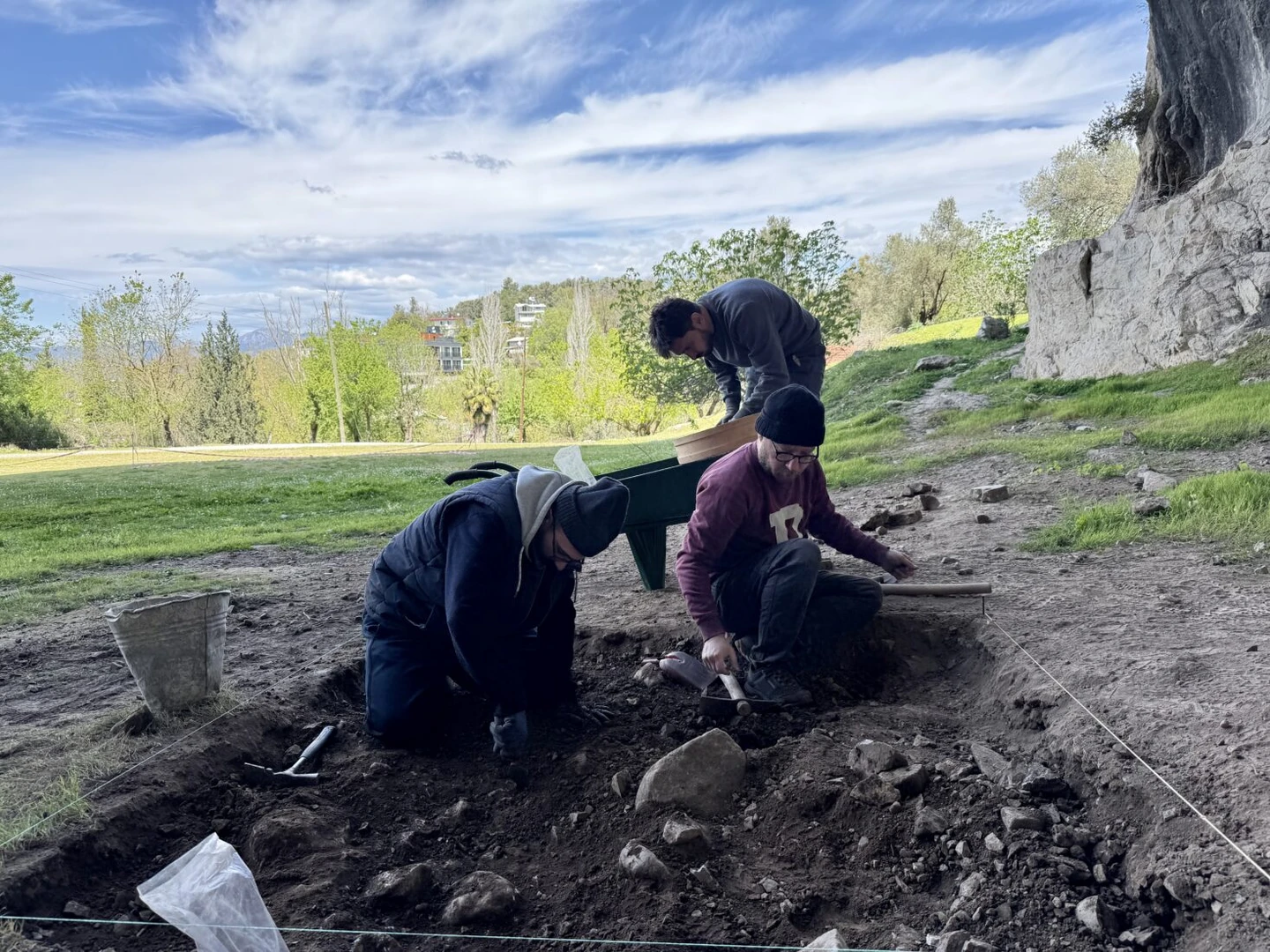
First ceramics and ritual structures uncovered
In addition to farming, the Girmeler site provides evidence of another historic first—the production of ceramics. The presence of pottery marks a significant cultural shift and further supports the argument for an advanced early community in the region.
Three unique ritual structures have also been unearthed at the edge of the settlement. These buildings feature terrazzo floors made from small stones mixed with lime, adorned with geometric or linear patterns. One of these buildings contained burials beneath its foundation—a feature never before documented in Western Anatolian archaeology.
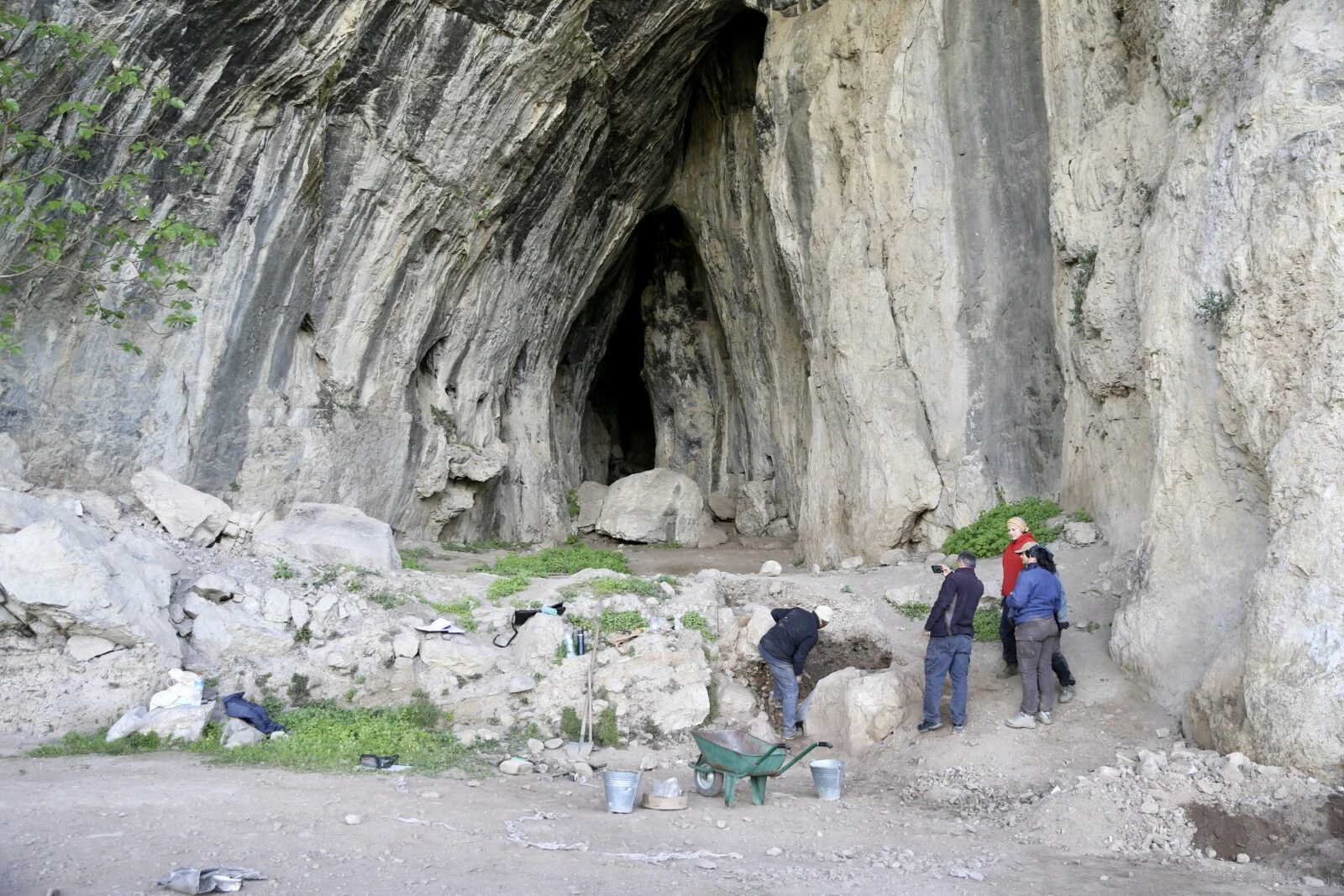
Girmeler Cave: A prehistoric time capsule
Located in Mugla’s Seydikemer, approximately 30 kilometers (18.64 miles) from Fethiye, Girmeler is made up of two distinct karstic caves and an open plain at their entrance. The site includes two cave galleries with grand entrances. The eastern A Cave is 16 meters (52.49 feet) wide at its entrance and extends 40 meters inward, while the western B Cave stretches approximately 150 meters, with side chambers branching off from a central corridor.
Between these caves lies a flat area measuring 80 by 75 meters. Excavations in the 1980s revealed the remains of a mound, now almost completely destroyed, which once stood 7 meters high with a diameter of 55 meters.
Archaeological analysis shows that Girmeler Cave was inhabited from the Mesolithic period onward, with the earliest settlers likely being hunter-gatherers. By around 7,000 B.C., the site was occupied by early agricultural communities, who began constructing mound-like structures in front of the caves—blending Mesolithic, Neolithic, and Chalcolithic layers of human history in one of the most unique sites in the Lycian region.



